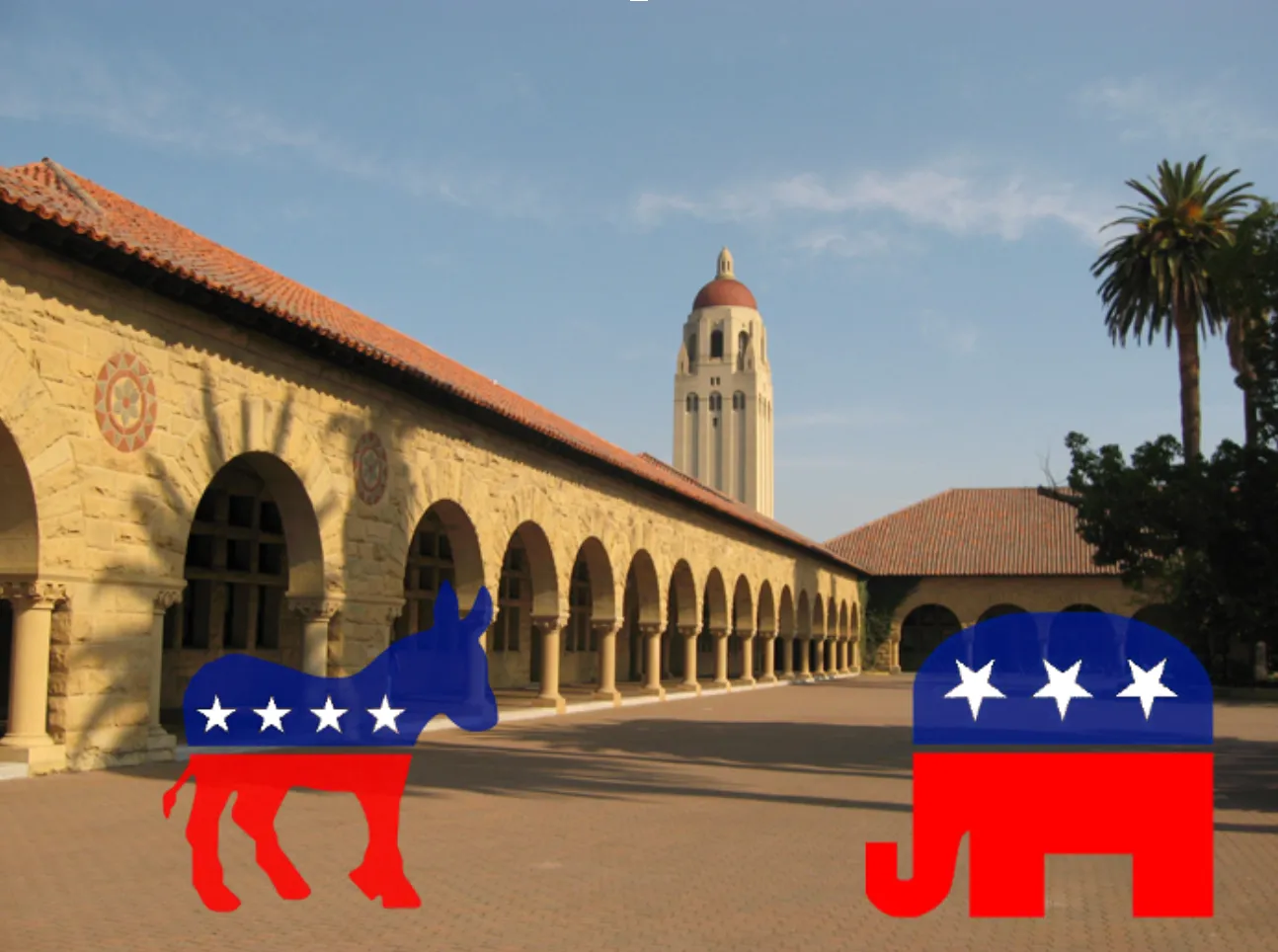Table of Contents
“Closure of a Stanford University-sponsored charter elementary school in East Palo Alto will bring substantial sums into the coffers of the financially strapped Ravenswood City School District for the new school year.”
This past April, the Ravenswood trustees voted 3-2 to deny the school a five-year charter renewal, as reported by Review staff writer, Carolyn Simmons, this past Spring. Promptly, a week later, they also voted 4-1 to close down the school as of this past June (Palo Alto Online).
The decision, which had the support of Superintendent Maria De La Vega, was supposedly based upon “poor academic performance” and “ineffective classroom management”. The California Department of Education also identified the school as one of the “worst-performing schools” in the state.
What does this mean for the Ravenswood school district?
Well, money. Over $6 million to be exact.
Had the charter school continued to exist, the Ravenswood district would have lost $4 million. With the closing of the Stanford New Schools (and Edison-Brentwood, another charter school), the district will instead experience a $2.15 million budgetary increase — “entirely associated with the returning students,” Chief Business Official Megan Curtis said.
Since Ravenswood is a “revenue limit” district, according to school finance formulas, its state funding is inextricably tied to student enrollment. As Palo Alto Online notes,
“The vast majority of the 250 children from the shuttered school will fan out to neighborhood campuses this fall, bringing state revenue with them.”
But is this really the best choice for the students?
While the charter school was identified as one of the worst-performing schools in the state, it also experienced undeniable improvement over the course of only three years.
Check out this REPORT CARD:
–English Language Arts: In 2009, only 54 percent of second graders were scoring at or above “basic.” Last year? The number jumped to 70 percent. Third graders experienced a similar jump — from 35 percent to 64 percent.
–Math: In 2009, only 52 percent were scoring at or above “basic.” After a mere year? Now the number is at 81 percent. How about for third graders? The jump was from 38 percent to 71 percent.
(Data unavailable for 4th and 5th graders).
Are these numbers we want to be ignoring? Certainly these students deserve more than just an A+ for effort. Yet, as Dr. Deborah Stipek, the Dean of the School of Education at Stanford, noted:
“Districts don’t like charter schools because they cost the district a lot of money.”
But what are the numbers we should be paying attention to? The increase in the school’s budget, or the unbelievable improvement in academic performance?
Understandably, the Superintendent and the Trustees of Ravenswood are responsible for an entire district of students, and (without a doubt) the increase in funds will benefit the district in the short-term.
In the long run, however, are state funding laws forcing districts to pick money over performance? If so, this may have been a colossal mistake.







